Every day, leaders like you face critical business decisions that impact organizational success. Without the necessary data to inform those decisions, you can only make educated guesses. But even if you’re able to collect lots of data, analyzing and garnering insights from it can be a challenge.
That’s where data visualization comes in. It brings data to life in visual form and can help you make informed decisions easily and quickly. Keep reading to learn several other advantages.
5 benefits of data visualization
- It makes data easier to consume and understand
- It makes identifying relationships easier
- It enables swift decision-making
- It can be easily modified for different audiences
- It enables continuous improvement of data science
1. It makes data easier to consume and understand
Noman Nalkhande, founder of WP Adventure, says data visualization makes it much easier to consume important data without it seeming overwhelming. “Thousands of rows of data may look like gibberish at a glance, but visualizing the same data through pie charts, diagrams, and the like makes it easy to grasp.”
Jon Quigley, principal of Value Transformation, adds that the mind can more easily comprehend lots of data when presented in visual form. “A picture is indeed worth a thousand words.”
“Pictographs have been used to communicate information and tell stories since the days of the cavemen, when they shared tales of their hunting endeavors on cave walls,” Quigley explains. Throughout time, people have been able to see a picture and immediately understand what’s being articulated (assuming the visual is clear).
2. It makes identifying relationships easier
Sam Maley, head of growth at Bailey & Associates, says data visualization assists with relationship identification. “Oftentimes, data sets contain many complex relationships, and identifying which of these are relevant may require a broader understanding of the area being studied.”
For example, if you present visuals of social media data, a marketing manager may be able to fill in the blanks regarding the relationship between variables like views and clicks. However, leaders with different backgrounds will likely not make the same connections. Instead, you could use statistical methods that eliminate noise from genuine relationships and present the resulting visuals. Such visuals would make it easy for any leader, regardless of background, to identify important correlations between data sets.
3. It enables swift decision-making
“One of the best benefits of data visualization is that it provides users with a swift, effective, and easily accessible way to identify important patterns,” says Allan Borch, founder of DotcomDollar. This enables leaders to gain quick insights and make fast decisions in a competitive environment, without having to waste time on manual analysis.
Borch adds that data visualization makes data simple and transparent. This allows decision-makers to comprehend and take meaningful action swiftly. “Leveraging big data visualization tools helps business leaders use real-time information to make time-sensitive decisions that have a significant impact on the organization,” Borch says.
For example, sales managers can quickly identify what types of leads tend to close the fastest and adjust their sales teams’ priorities accordingly. Similarly, marketing managers can easily grasp what types of campaigns perform the best across various channels and audiences, then modify their segmentation strategy for optimized results.
4. It can be easily modified for different audiences
Nalkhande says data visualization allows us to look at raw data from various perspectives. “The same data can be represented visually in various formats to suit the needs or priorities of different audiences,” he says.
For example, the executive board may want a bird’s-eye view of the data, while line managers likely want a more detailed look. If you’re sharing data with customers, you may use an entirely different data set and accompanying visual.
5. It enables continuous improvement of data science
“Data visualization allows the entire business team to contribute to the evolution of data science within a company by facilitating pattern identification and effective communication,” says Maley. When more team members can understand the data and identify relationships that are relevant to their divisions, they can earmark important trends for data scientists to study further. “This creates a culture of continuous improvement, and helps to align data science with key business objectives and growth,” Maley says.
These benefits offer key indications as to why data visualization is important. If you’re a leader looking to stay informed and make decisions quicker, focus on implementing or improving this practice within your organization.



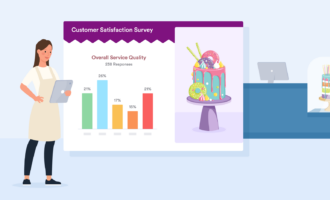
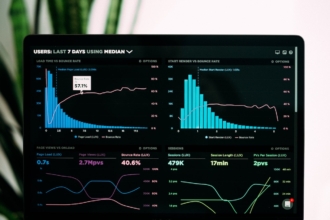

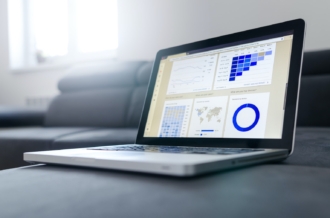
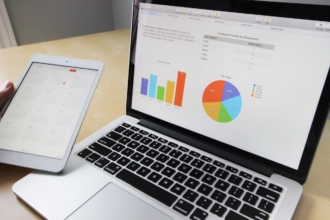
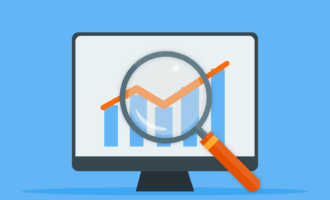
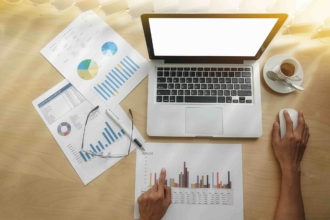


Send Comment: